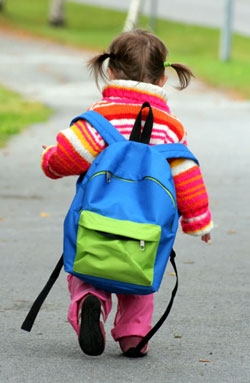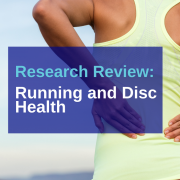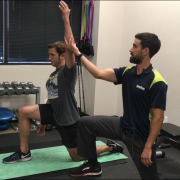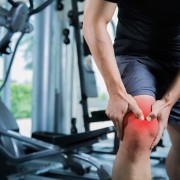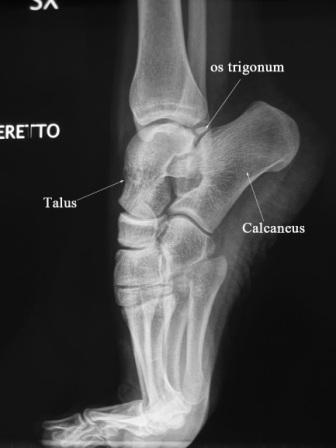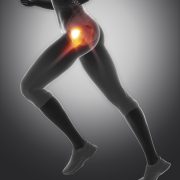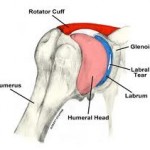BACKPACK SAFETY
Backpacks are a practical way for students to carry schoolbooks and supplies. They are designed to distribute the weight of its contents among some of the body’s strongest muscles; however, in recent years, the weight of student backpacks has increased dramatically and has become a public health concern. Studies show that heavy backpacks can lead to both back pain and poor posture, notes the American Chiropractic Association (ACA). In fact, in 2001 backpacks were the cause of 7,000 emergency room visits and countless complaints of muscle spasms, neck and shoulder pain.
Here are some tips on purchasing a backpack, packing a backpack, and wearing a backpack to reduce the risk of injury.
Purchasing a backpack, what does a good backpack need
- Wide( > 2), Padded Straps
The bag should have wide padded shoulder straps. Wide straps and padding distribute the load over more area of
the shoulder and alleviate pressure points. - Padded Back
The back of the backpack should padded as well to encourage the pack to sit flat against the back. - Lightweight
Reducing the overall weight carried begins with a light backpack. The stress on the back is caused by the weight of the bag, don’t forget that the weight of the bag contributes to the overall weight. Anything you can do to reduce that weight will reduce the stress. - Waist Strap
A waist strap dramatically helps direct the load away from the shoulders and onto the much stronger waist and hip muscle group. - Proper Size
Use the chart below for general recommendations by age or for more accuracy you can take measurements of your child’s back. The width should be from the outside ridge of the one shoulder blade to the other. The height should be from the shoulders to the waist line (belly button) plus two inches. See the diagram below to help with measuring.
Loading a Backpack
- Load heavy items close to the back (the back of the pack)
Heavy flat items should be placed against the back. This increases the body’s ability to support the weight with stronger muscle groups such as the hips and core. - Don’t overload (see weight chart below)
As a general rule the weight of the backpack should not be more than 15-20% of the students body weight. It should not exceed 25 pounds in any case. Below is a table with the recommended weight to be carried based on the student’s weight.
How to wear a backpack properly
- Wear BOTH straps
This helps distribute the load more evenly and helps hold the load more securely to the back. Wearing one strap can lead to shoulder and back pain. - Adjust shoulder straps so the backpack fits snugly against the back
The back pack should rest no lower than 4 inches below the waist line. Remember that the waistline is in line with the belly button not the top of pelvis. - Fasten waist belt and adjust strap length to secure and distribute the weight evenly
The benefits of the waist strap can only be seen if the strap is worn. Don’t forget to have your student fasten it when wearing. - The lower bulk of the backpack should rest in the curve of the lower back and not more than four inches below the waist
This also contributes to allowing the stronger muscles of the hips and shoulders to support the load.
Other considerations
- Monitor what your child is carrying to school each day to help him or her avoid carrying unnecessary items which add weight to the backpack.
- Periodically check to see if your child is wearing his or her backpack correctly.
- Assist your child with cleaning out and organizing the backpack weekly.
- If the backpack weighs more than 15% of your child’s body weight have child carry a heavy book or two under his or her arm.
- Ask your child if he/she has any discomfort during or after wearing the backpack.
- Help your child file work at home so he/she only needs to bring required work to school each day.
- Talk to your child and teachers about ways to reduce backpack weight.
- Some books can be found online at low cost. Consider purchasing a second copy to keep at home so your child doesn’t have to carry it back and forth.
- Share any concerns about backpack weight with your child’s teacher or administrator.
Taking the time to make careful consideration regarding your child’s backpack use is important to prevent injury. If your child does develop back pain have him or her seen by a qualified health professional for proper diagnosis and treatment.
-Dr. Rose, DC
Dr. Rose is a San Diego Chiropractor located in Mission Valley. More information regarding the services he provides can be found at www.RoseChiropracticSD.com.
References
American Chiropractic Association. Backpack Misuse Leads to Chronic Back Pain, Doctors of Chiropractic Say. Accessed at acatoday.org
Admas, Chris. A Fitting Guide for a Child’s Backpack. 2006.
Howard County Public School System. Backpack Safety Guidelines

